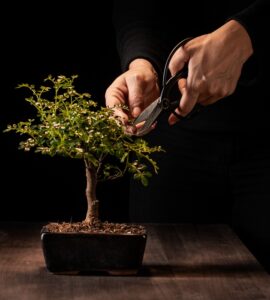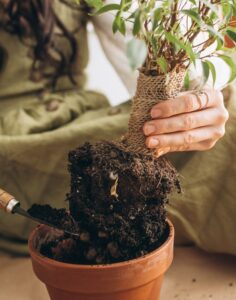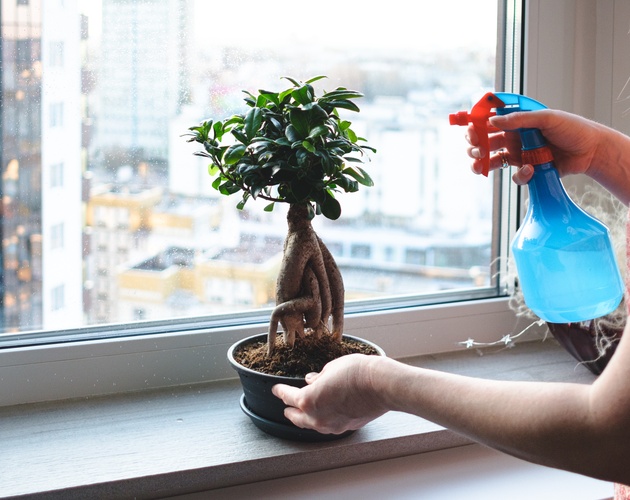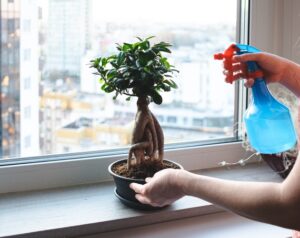Choose a slow-growing type of tree, don’t over-water and occasionally trim leaves and branches to maintain shape – Growing bonsai is a challenge, but you can easily master it, even if you’re trying to ‘kill’ cacti.
Bonsai gives the full impression of a large tree, but in a miniature form, and this is exactly what makes it unique and beautiful.
Most people grow small or medium-sized bonsai, but some become an obsession and grow them into larger trees.Those who grow and propagate bonsai spend hours, weeks and even months carefully studying the trees to transform them into the best possible form.
If you are also a fan of bonsai, have or plan to buy one for your home, you should know how to take good care of them.
Here are six tips to help you grow this miniature art tree:
Start by growing an easy strain
If you are not very experienced, you should keep in mind that fast-growing plants are not at all suitable for this type of art, because they have multiple growths in one season, which is not at all suitable for bonsai.
Easier to care for are trees that grow slowly, very slowly. The slower they grow, the more beautiful the bonsai tree will be.
Try to create his natural conditions
When kept indoors, you should ventilate it every other day, and water it only when the soil reaches complete dryness.
If the pot does not dry out after a few days, then place the bonsai tree in a brighter place.
Bonsai must be exposed to the sun for more than five hours during the day, or it will begin to wilt.
Any sunny room or south-facing window will suit him. Just like houseplants, the more you create conditions for them in their natural habitat, the healthier and fresher trees will grace your home.
Monitor the humidity of the plant
The bonsai tree does not like too much water.
How often your bonsai will need water depends on the type of tree, its size, location and season (especially if it’s outdoors).
In general, bonsai should be watered after the soil is dry – about once a week. In the winter months, watering can be less frequent.
Don’t avoid the fertilizer
Experts advise feeding these trees with fertilizer to encourage growth.
Fertilizer is extremely important for maintaining healthy plants, as their roots are constricted and limited to only the nutrients available in the pot.
Trim the branches
To encourage growth and maintain the size and shape of the bonsai tree, it is important to prune the branches.
Of course, be careful to cut the leaf and leave the stem undamaged.
To reduce the risk of error, search online for the type of tree you are growing.

When to transplant in a new pot?
It is recommended that the bonsai tree be transplanted every 2 to 5 years, depending on the type and age of the tree. Faster growing varieties will need to be reported every 2 years, while slower growing or older ones can last longer in a pot. To find out if your tree needs repotting, remove it from its pot in early spring and check the condition of the roots. If the roots are tangled around the pot, then it’s definitely time to repot because in that case it’s not feeding well. Cut off roots that have outgrown the size of the pot, but never cut more than 30% of the bonsai tree’s roots.

Why choose to grow bonsai?
If you need any more reasons to choose to grow a bonsai tree, consider that it purifies the air and reduces stress.
“Interacting” with a bonsai tree can help lower your blood pressure and stress levels.
Another plus reason to decide on bonsai is that it will increase your patience.
Whether you buy a bonsai or decide to plant and grow it yourself, it will teach you patience, because you need to be focused when pruning, transplanting, watering…


